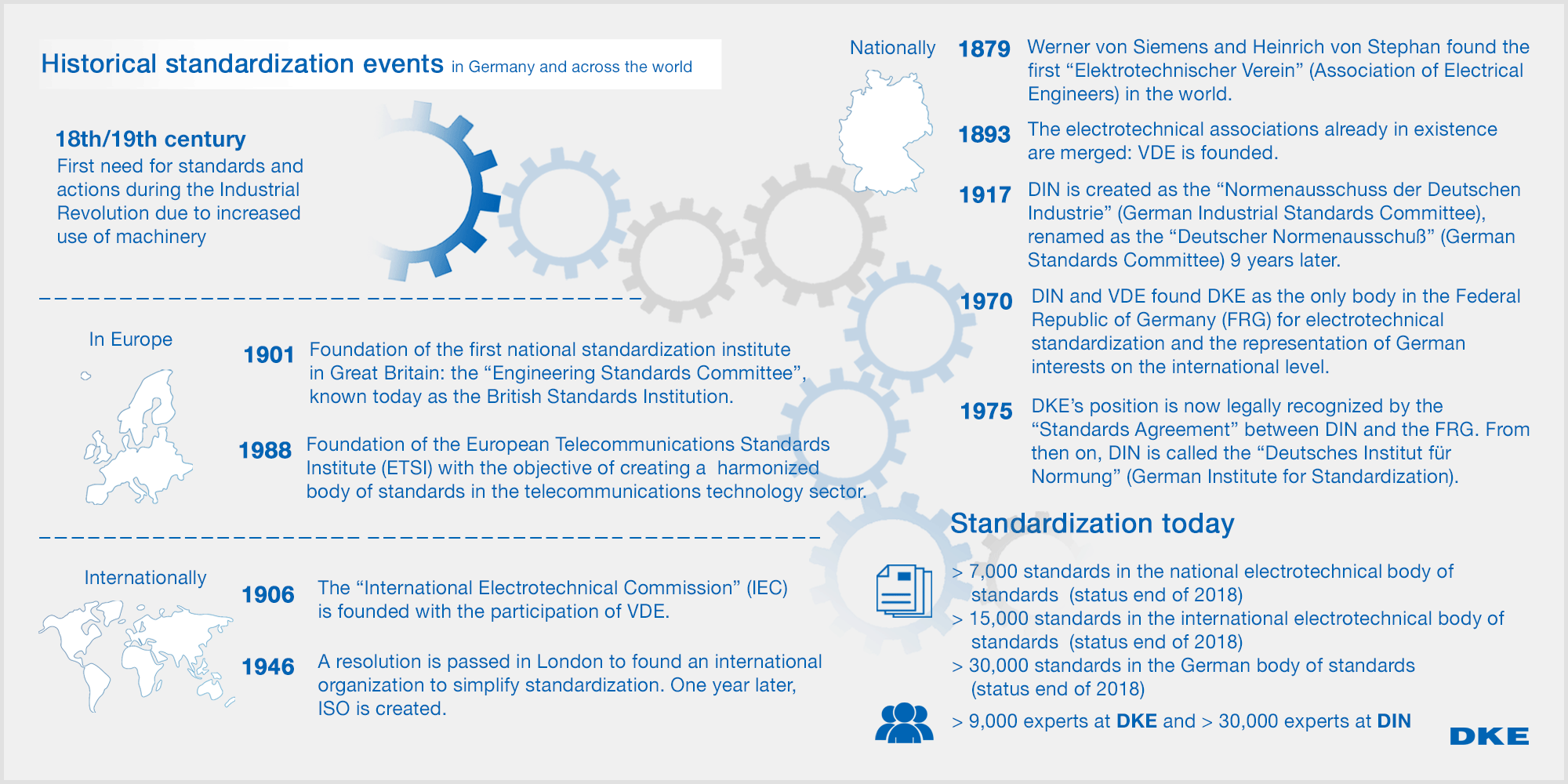How did standards come into being?
The history of standardization started thousands of years ago, even before the first proper standards were created. Around 1,000 BC, the bible already exacts a standardized life of justice and order:
“Do not use dishonest standards when measuring length, weight or quantity. Use honest scales and honest weights, an honest ephah and an honest hin [...]” (3rd Book of Leviticus, Chapter 19, Verse 35-36).



